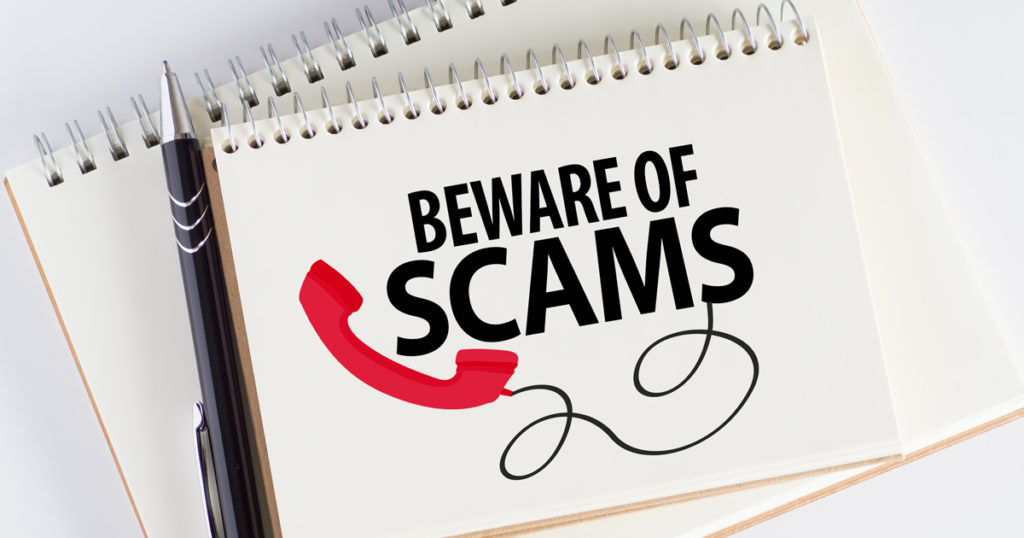
What to watch for with P2P apps
As people migrate further into a cashless society, mobile banking and person-to-person (P2P) apps such as Venmo, Cash App, Zelle, and PayPal are becoming transaction mainstays. But you can expect that wherever cash is exchanged, scammers are lurking nearby.
P2P apps are popular because they can simplify financial transactions between people, such as splitting a restaurant check or paying your gardener for services. The major caveat in using P2P apps is, unlike other forms of payment like credit cards, P2P apps do not offer any fraud protection, which means consumers must use extreme caution when using them.
The scary thing about P2P apps is once you send the money, it’s considered an “authorized transaction,” which means the money is gone instantly with no way to get it back. Essentially, you are your own first line of defense against P2P payment scams. Here’s how to prevent yourself from becoming a victim:
- The one rule that will protect you from all P2P scams is to only transact with people you absolutely trust.
- Do not use it to purchase products, especially from people selling products online (i.e., Craigslist).
- When possible, link your app to a credit card to avail yourself of the fraud protection benefits associated with the card.
- Beware of any seller insisting on payment with a P2P app. Legitimate retailers don’t transact with P2P apps.
- Always check the details of the transaction thoroughly, to ensure you have the correct spelling of the recipient’s name and contact details.
If you think you’ve been involved in a P2P payment scam, contact the Federal Trade Commission.
About This Author

Ross Bentzler
Ross Bentzler is Executive VP and Information Security Officer for Alpine Bank. Ross has worked in the information technology field for two decades, focusing on information security for 13 years.
More about Ross Bentzler


